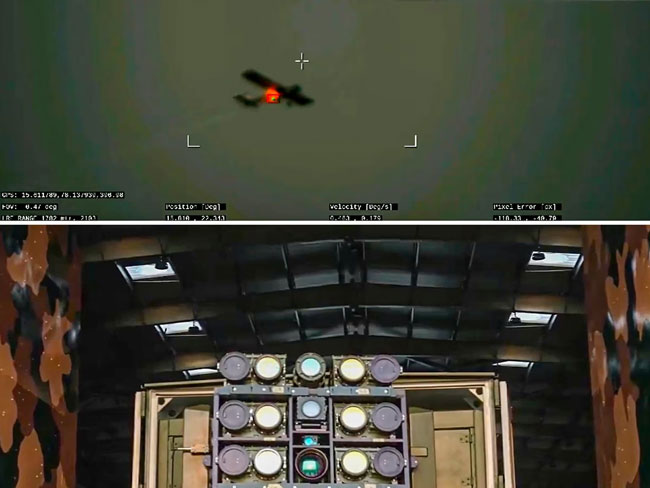Desk: India has once again made a mark in the defense sector, joining the elite list of countries capable of neutralizing fixed-wing and swarm drones using high-power laser weapons. This remarkable feat was demonstrated during the trial of the Mk-II(A) Laser-Directed Energy Weapon (DEW) system at the National Open Air Range in Kurnool. The system successfully intercepted and destroyed missiles, drones, and small projectiles, proving its advanced defensive capabilities.
According to officials from the Defence Research and Development Organisation (DRDO), this success places India in the exclusive club of nations such as the United States, China, and Russia that possess high-powered laser-DEW technology.
DRDO Chairman Samir V. Kamat said, “As far as I know, only the US, Russia, and China have demonstrated such capabilities. Israel is also working in this direction. I would say we are the fourth or fifth in the world to showcase this kind of system.” He added that DRDO is developing several such technologies that could give India a “Star Wars capability.”
Kamat further remarked, “This is just the beginning. The collaboration between our lab, other DRDO labs, industry, and academia gives me confidence that we are on the right path. We are also working on high-energy microwaves and electromagnetic pulse systems. Together, these will form the foundation of Star Wars-like technology. What you witnessed today is a glimpse of that future.”
The indigenously developed Mk-II(A) DEW system demonstrated its full power on Sunday. It targeted long-range fixed-wing drones, neutralized multiple drone attacks, and destroyed enemy surveillance sensors and antennas. With lightning-fast speed, pinpoint accuracy, and the ability to obliterate targets within seconds, it has become one of the most powerful counter-drone systems.
Once a target is detected through radar or the system’s inbuilt electro-optic sensors, the laser-DEW strikes at the speed of light. The powerful laser beam slices through the target, causing its structure to fail. If it hits a warhead, the resulting explosion is even more destructive. Such weapons could revolutionize warfare by reducing the need for expensive ammunition and lowering the risk of collateral damage.




